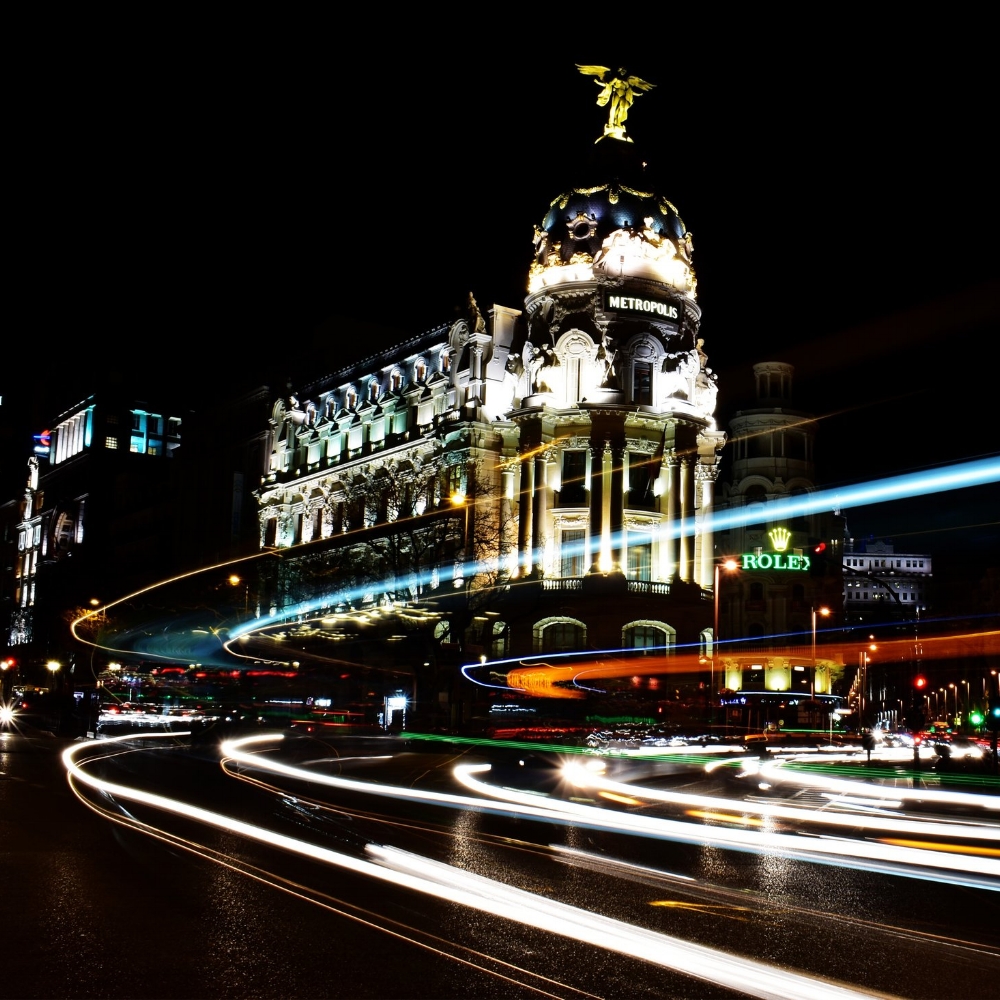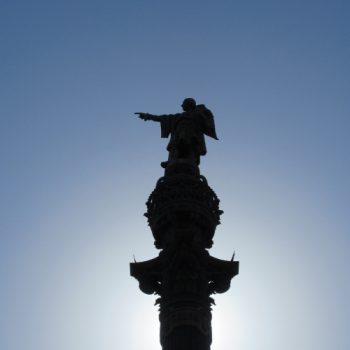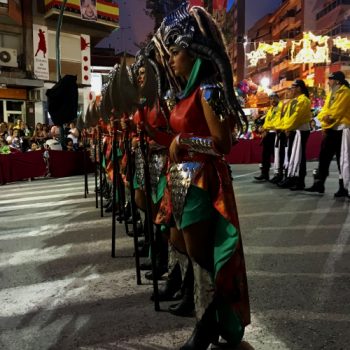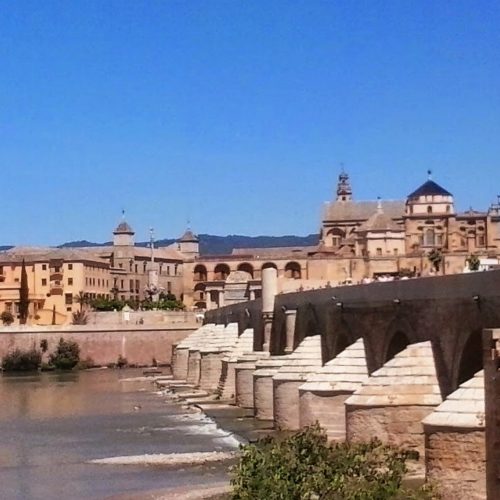
What You Need to Know about Córdoba
Córdoba, Andalucía
Transport options to arrive: Train, Bus, or Car
Córboda is connected on the high-speed train system (AVE) to Madrid, Barcelona, Sevilla, Málaga, and Zaragoza as well as other places along those lines. Additionally, you can find a variety of other trains and buses to get you there. As always, having a car can be beneficial for flexibility, especially if you plan to visit some of the important sites that are slightly outside of the city. The nearest airport is in Málaga, from which you can take an AVE train to arrive in less than an hour.
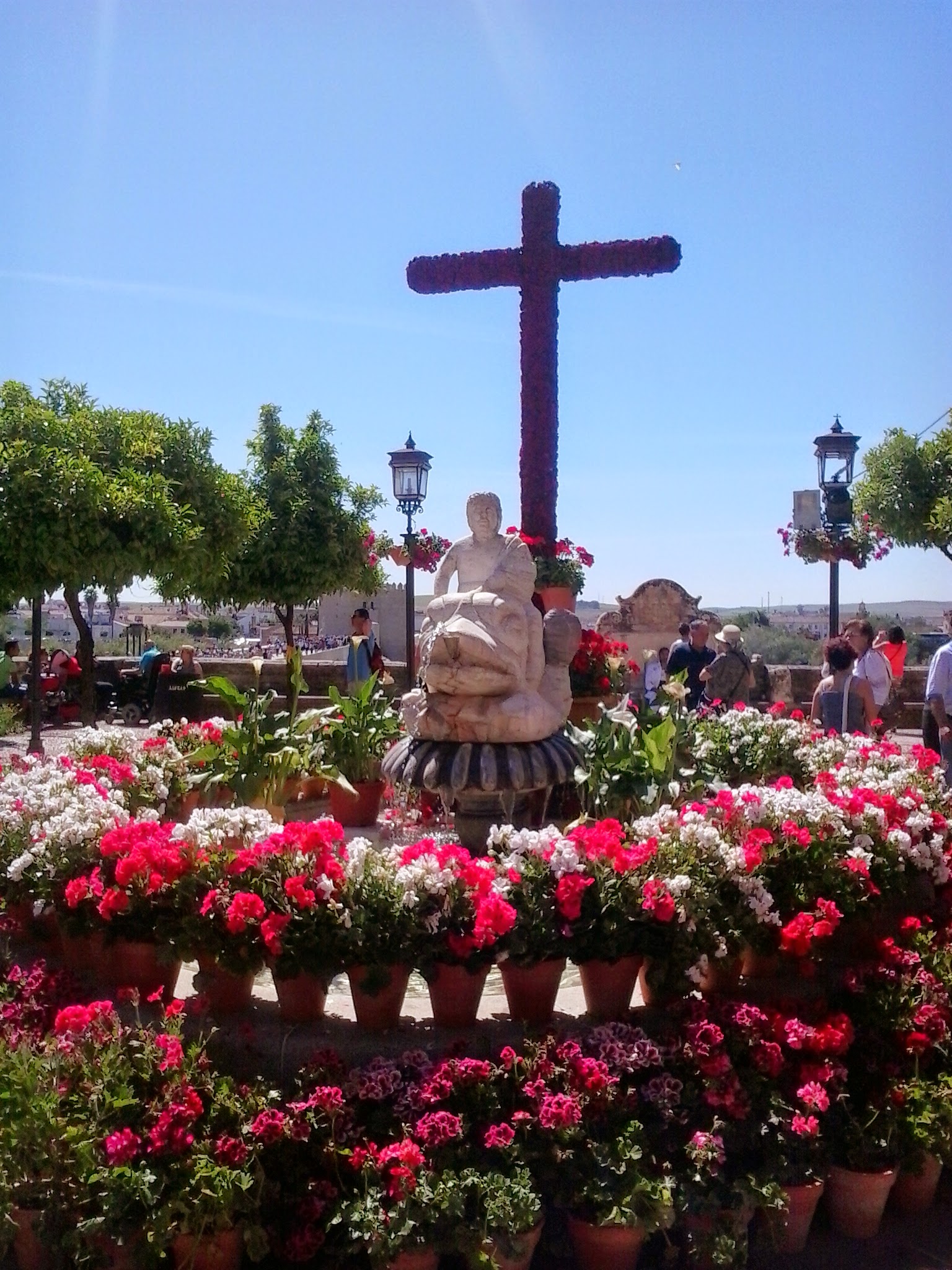 Recommended time of year to visit and length of visit: As Córboda is a smaller city, you could see most of it in a weekend. The best time to visit is definitely in May leading up to the Patios Festival, explained below. This celebration is book-ended by Las Cruces (The Crosses Festival) at the beginning of the month and La Feria (Spring Fair) at the end of the month. Expect pricing to be a bit higher and lodging to be more difficult to find, but it’s definitely worth it!
Recommended time of year to visit and length of visit: As Córboda is a smaller city, you could see most of it in a weekend. The best time to visit is definitely in May leading up to the Patios Festival, explained below. This celebration is book-ended by Las Cruces (The Crosses Festival) at the beginning of the month and La Feria (Spring Fair) at the end of the month. Expect pricing to be a bit higher and lodging to be more difficult to find, but it’s definitely worth it!
Fun Fact: Spain has an intriguing past that is mostly driven by different religious leaders reining over its territory. Starting around 711 and until King Ferdinand and Queen Isabella (Los Reyes Catolicos)’s Inquisition, most of the Iberian Peninsula was under Moorish reign. At this time, it was known as Al Andalus and Córboda was the considered the capital of this territory, making it a cultural and economic center of the Mediterranean region, Europe, and ultimately the Islamic world.
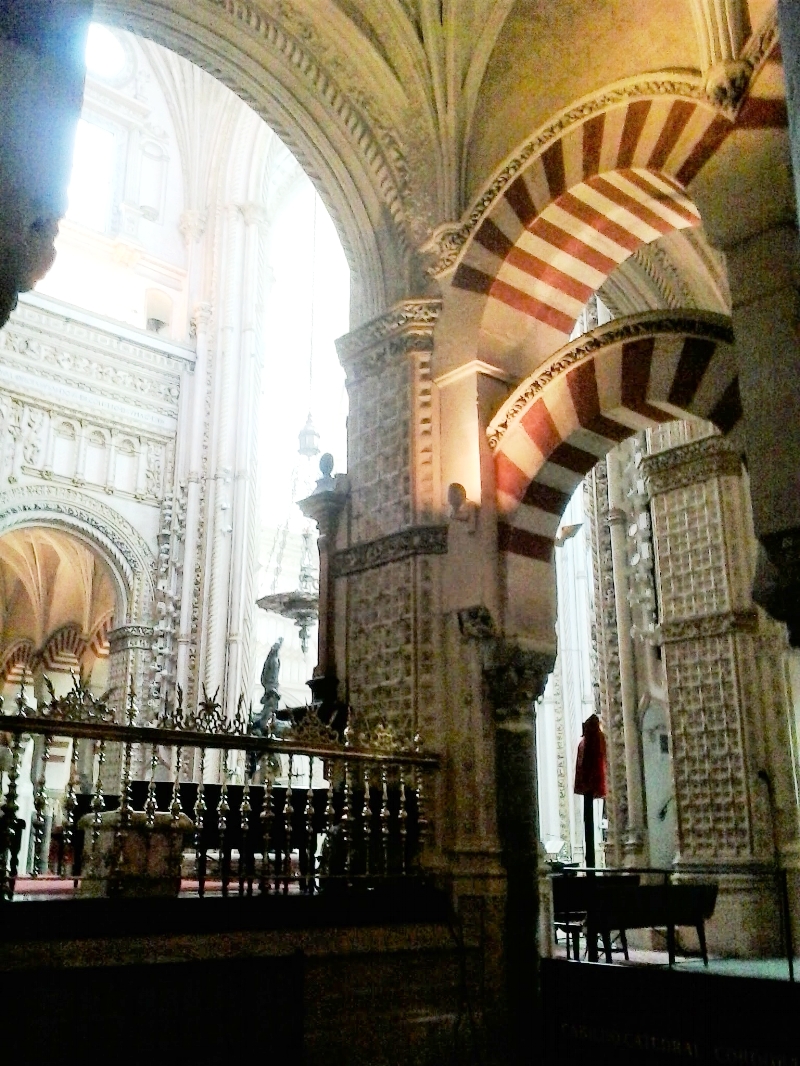 Top three must-sees:
Top three must-sees:
1. La Mezquita: This is hands-down the one thing you cannot visit Córboda without seeing! La Mezquita, which is Spanish for “The Mosque” is actually more of a Catholic church nowadays. However, it was originally built as a Mosque in 784 and then converted into a cathedral in 1236, but thankfully so much of its original beauty remains intact! It’s truly awe-inspiring to see these two type of architecture, religions, and cultures converge and come together in such a tangible way. You will often need to reserve a time to visit but you will typically not have an issue getting a reservation later the same day or the following day.
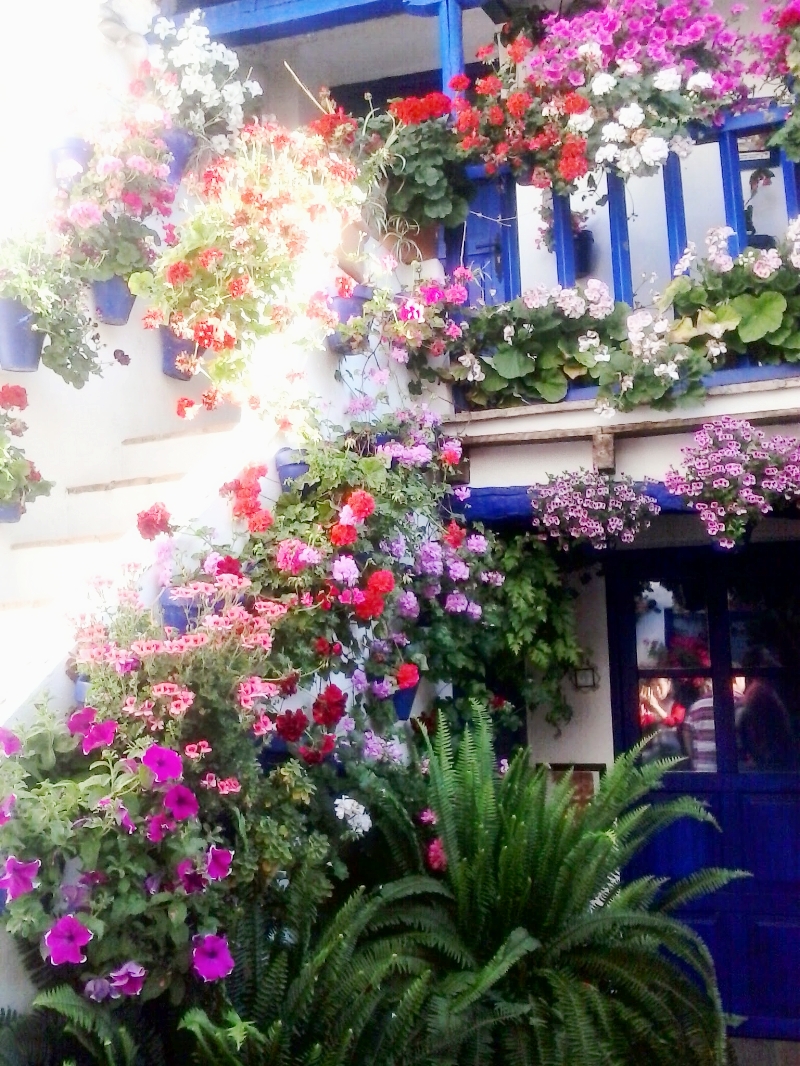 2. Los Patios: Now, the patios of Córboda are another likely reason you’ve heard of this city as these beautiful patios, carefully covered in colorful flowers, are a quintessential aspect of festivos cordobeses, or Cordobesean celebrations. The best time to see them is definitely during the Patios festival as they will be looking their very best for the Concurso de Patios in which they compete for the top prize and recognition for the year’s best patio! You will need to book a tour in order to see them from the inside (they are literally the private patios of locals’ homes!) but you’ll probably agree that the somewhat pricey tours are worth it.
2. Los Patios: Now, the patios of Córboda are another likely reason you’ve heard of this city as these beautiful patios, carefully covered in colorful flowers, are a quintessential aspect of festivos cordobeses, or Cordobesean celebrations. The best time to see them is definitely during the Patios festival as they will be looking their very best for the Concurso de Patios in which they compete for the top prize and recognition for the year’s best patio! You will need to book a tour in order to see them from the inside (they are literally the private patios of locals’ homes!) but you’ll probably agree that the somewhat pricey tours are worth it.
3. Medina Azahara: Arabic for “The Shining City,” these ruins were once a medieval palace surrounded by a city which was the capital of Al Andalus. It’s a beautiful compliment to understanding the history of this part of Spain’s past alongside the Mezquita. However, it’s recommended you plan your visit ahead of time as it is located 7km outside of the city center and it may get a little complex to maneuver the bus schedule and tour timetable. Some options exist for guided tours that provide transportation and a pick-up in Córboda, but the options are limited and starting around 26€.
One thing to eat: Salmorejo
A creamy, cold soup made primarily from tomato, breadcrumbs, salt, garlic, and olive oil, salmorejo is a popular Spanish dish that originated in Córboda. Not to be confused with gazpacho (which is less creamy and slightly more red in color, among other differences), salmorejo is traditionally served with hard-boiled egg, serrano ham, olive oil, and perhaps some homemade breadcrumbs on top. Although many consider it a primer plato to be eaten before another larger dish, I also recommend it as a refreshing meal on its own or a snack, especially in the heat of an Andalusian summer.

